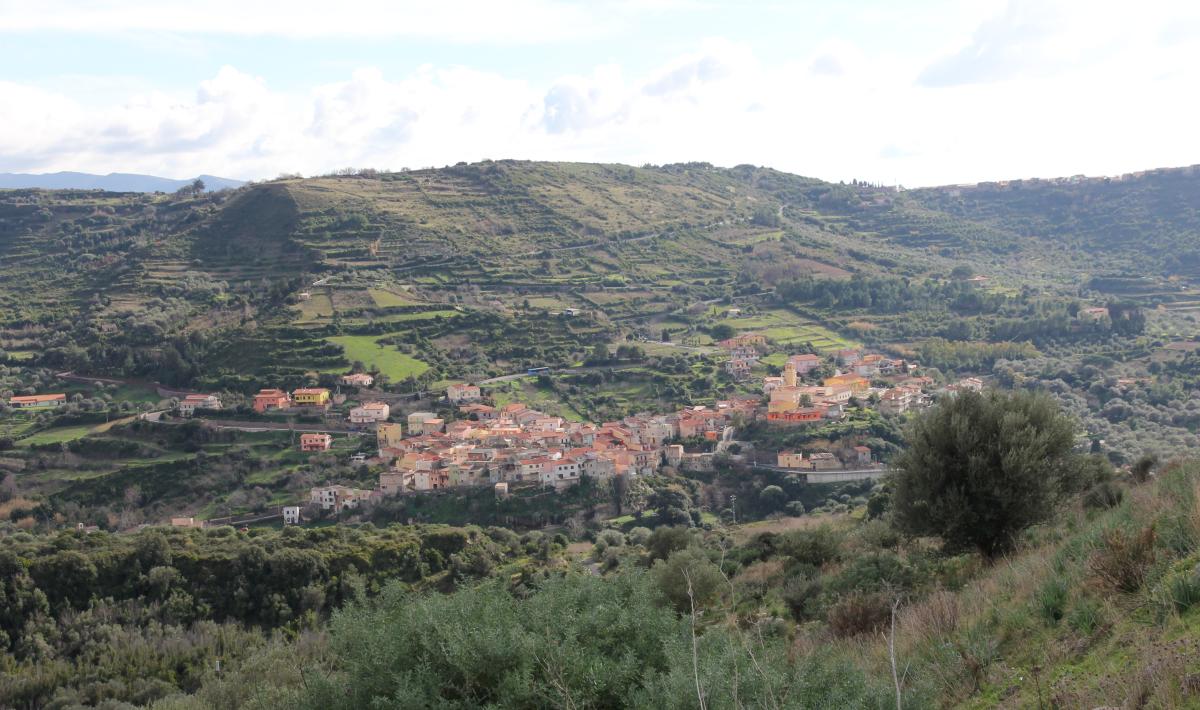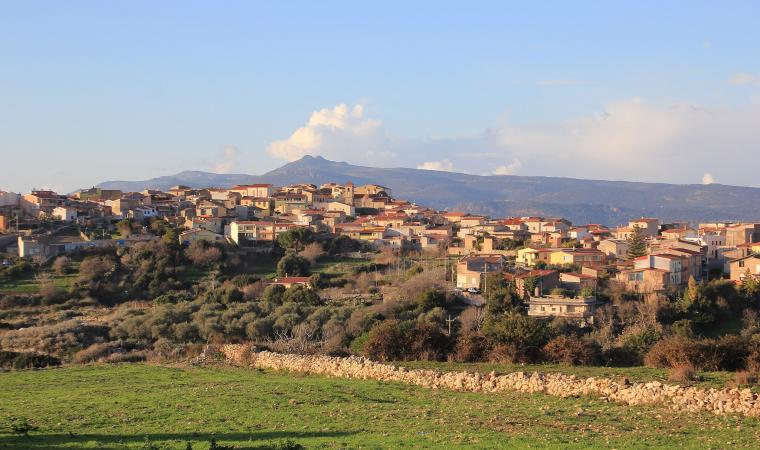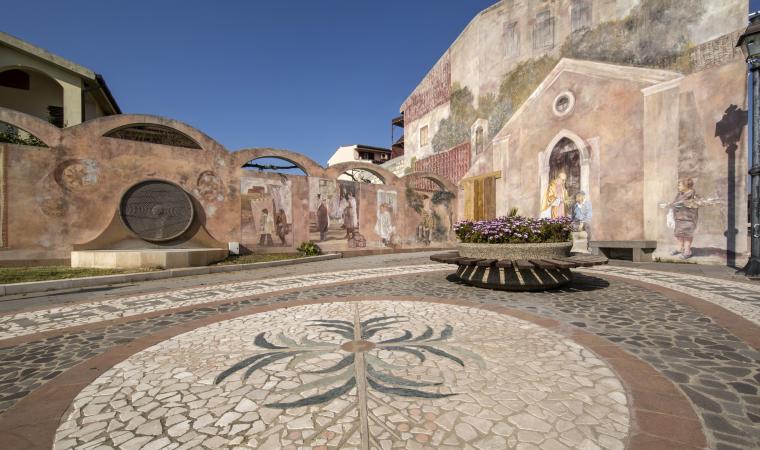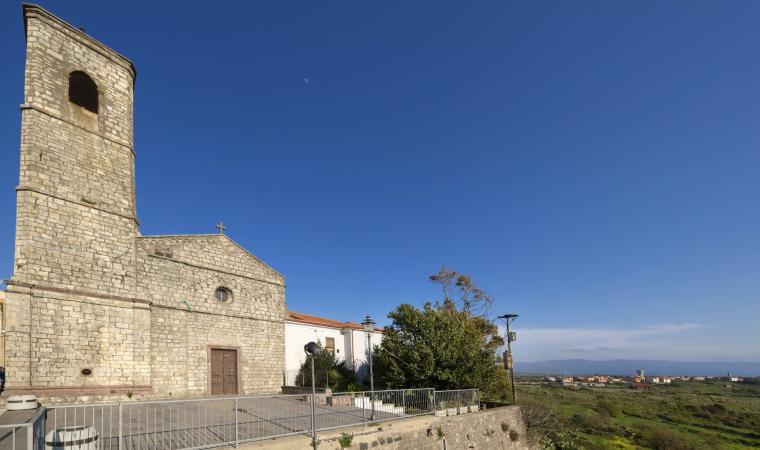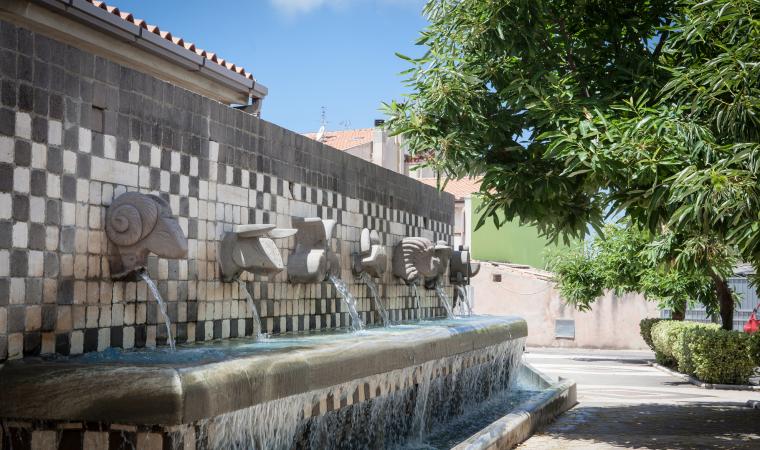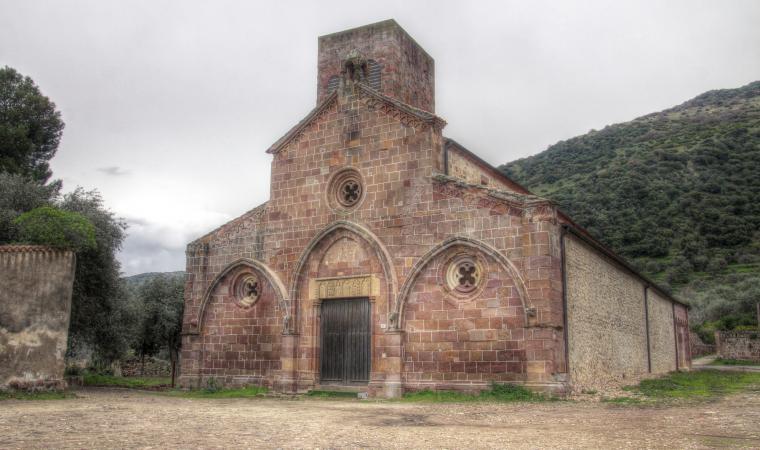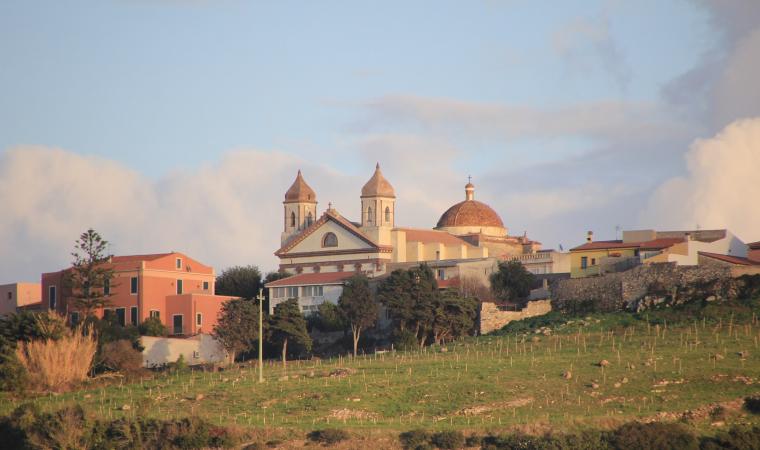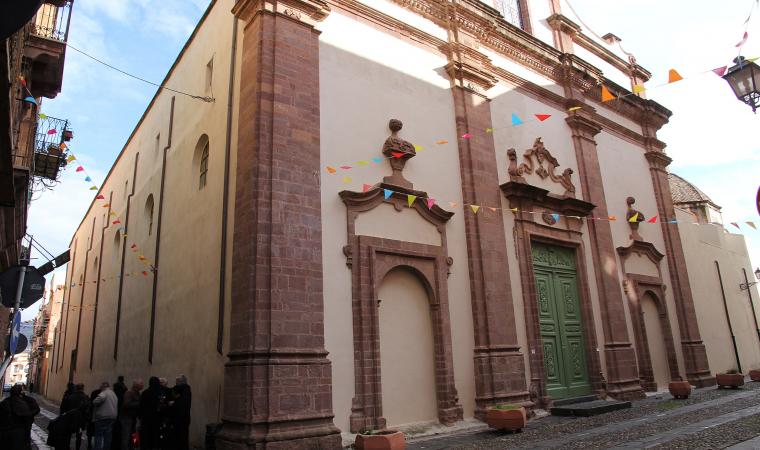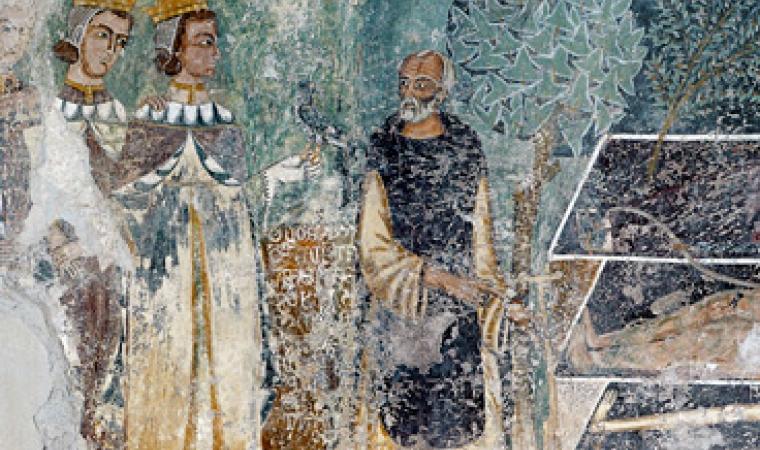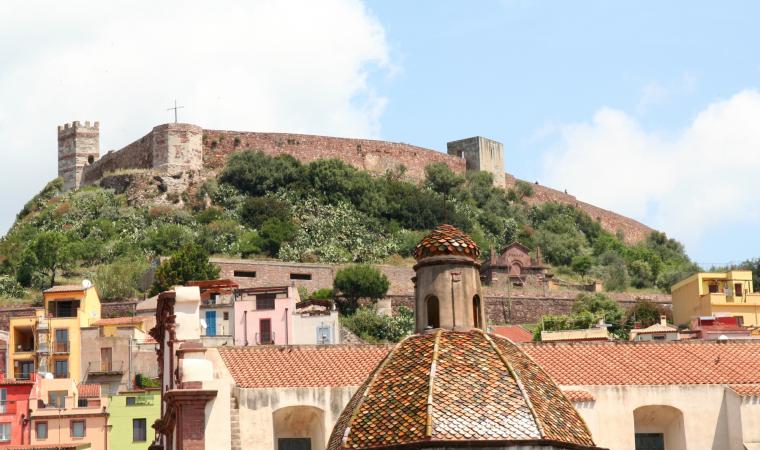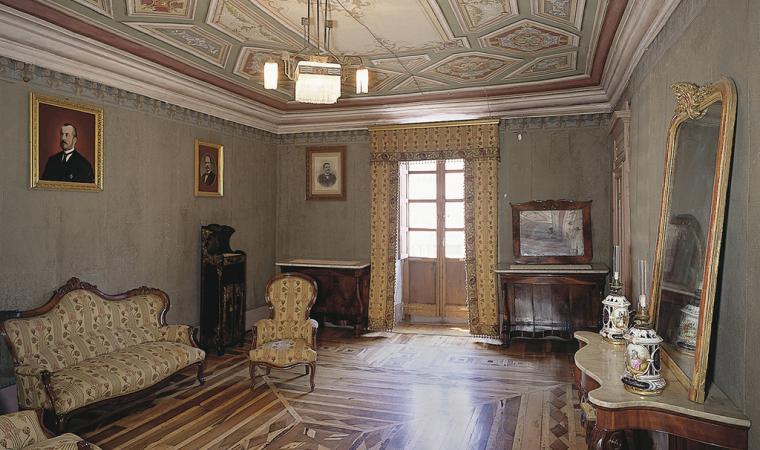It is situated in a splendid valley that gives it its name and surrounded by gentle, fertile hills. Modolo is a tiny village of fewer than 200 inhabitants in the Planargia area, four kilometres from Bosa and 50 from Oristano. In its territory, used for agricultural activities, thriving cherry trees, centuries-old olive groves and fragrant vineyards grow, giving the landscape a picturesque appearance. The most renowned production is that of wine-growing and viticulture, particularly Malaysia grapes.
The little village may have emerged around the 3rd century BC, during the Punic era. Still remaining from Roman domination is a villa in the outskirts of the village and the name Modulo valise, a mansion crossed by the western road from Sulki (Sant'Antioco) to Neapolis, Othoca (Santa Giusta) and Cornus (ancient Cuglieri) and continued on to Bosa. The name was turned into Modolo in the Middle Ages. The area where it is located was frequented in the Neolithic age, as is demonstrated by several domus de Janas, and it was inhabited in the Bronze Age, and the many Nuragic monuments bear witness to this. In the Modolo valley (in the territory of Suni) there is the Seneghe nuraghe with a six-metre tall tower, built with huge basalt horizontally-placed blocks, a corridor from which three recesses and two architraved entrances branch off.
The main monument of the village is the parish church of Sant'Andrea Apostolo, dating back to the Early Middle Ages (7th century AD) and founded by Byzantine monks who evangelised the territory. Inside the church, there are wooden 17th-century statues and a crucifix. Other churches are dedicated to the Madonna del Grappolo, to St Isidoro and to Santa Croce. The most heart-felt celebrations are for those for the patron saint, twice a year: mid-May and the end of November. Other traditional festivities are the Fuochi di Sant'Antonio Abate in mid-January, with tastings of wine and typical local products.

